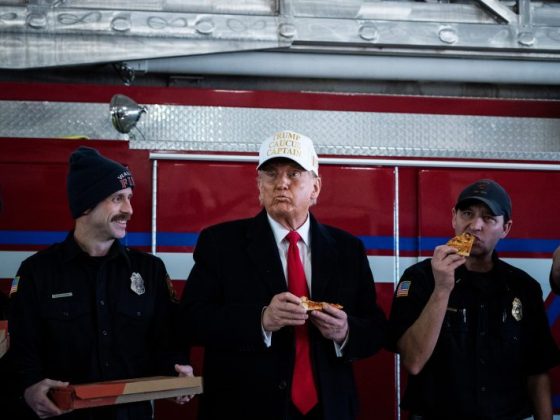The rising popularity of ‘Dry January’ has cultivated a thriving niche for non-alcoholic beverages, particularly mocktails. But, some people are expressing surprise, and sometimes frustration, at what they’re calling ‘sticker shock’ – the unexpectedly high prices of these alcohol-free concoctions. This article explores the reasons behind the cost of mocktails, probing into the factors that influence their pricing and questioning the value proposition these drinks offer.
‘Dry January’ is an annual initiative encouraging people to give up alcohol for the first month of the year. Motives for participation range from wanting a healthier start to the new year, a desire to save money, or curiosity about the sober lifestyle. As the initiative grows in popularity, so does the demand for interesting and tasty non-alcoholic beverages. Bars and restaurants are capitalizing on this, creating sophisticated mocktails that promise to deliver the complexity and novelty commonly associated with alcoholic cocktails.
However, these mocktails often come with a hefty price tag, sometimes matching or even exceeding that of their alcoholic counterparts. This sticker shock has left many consumers questioning why an alcohol-free beverage should be priced similarly to, or even more than, a traditional cocktail.
The pricing of mocktails can be attributed to several factors. For one, the creation of mocktails involves more than simply leaving out the alcohol. It requires innovation and careful crafting to replicate the diverse tastes and experiences that traditional cocktails offer. The complex mix of flavours, the balance of sweet and sour, the colour, the aroma, even the sensation of a slight burn, all are sophisticated elements that require high-quality ingredients and skilled preparation.
Another factor is the cost coverage for creating an atmosphere that combines service, décor, and music, straight down to the garnishment on your drink. These are all part of the experience that bars and restaurants must account for in their pricing strategy. Furthermore, to cater to the sober-curious crowd, many establishments are also investing in premium non-alcoholic spirits, which can be costly.
In addition, labor costs should not be ignored. Making a mocktail is a time-consuming process, often requiring more preparation time than standard cocktails. The bartenders, with their unique skills and creativity, invest a significant amount of effort in creating these drinks, which is reflected in the cost.
Ultimately, while it may come as a surprise to some, the high price of mocktails reflects the artisanal quality, labor-intensive preparation, and the overall hospitality experience. As the market for these non-alcoholic alternatives continues to grow, it’s likely that the conversation around pricing will evolve. Meanwhile, those partaking in Dry January can take solace in the fact that they’re investing in a healthier lifestyle choice, socially responsible behavior, and a uniquely enjoyable beverage experience.











